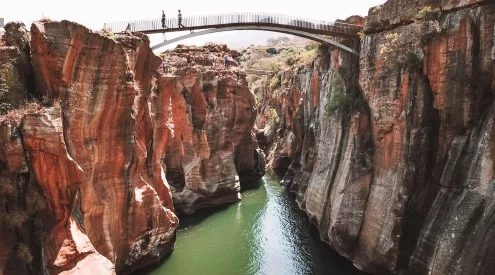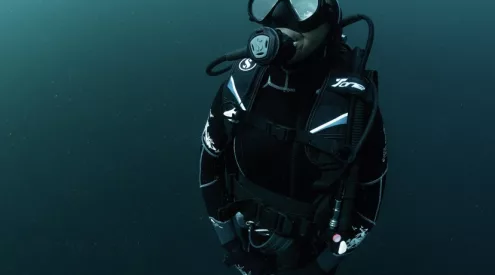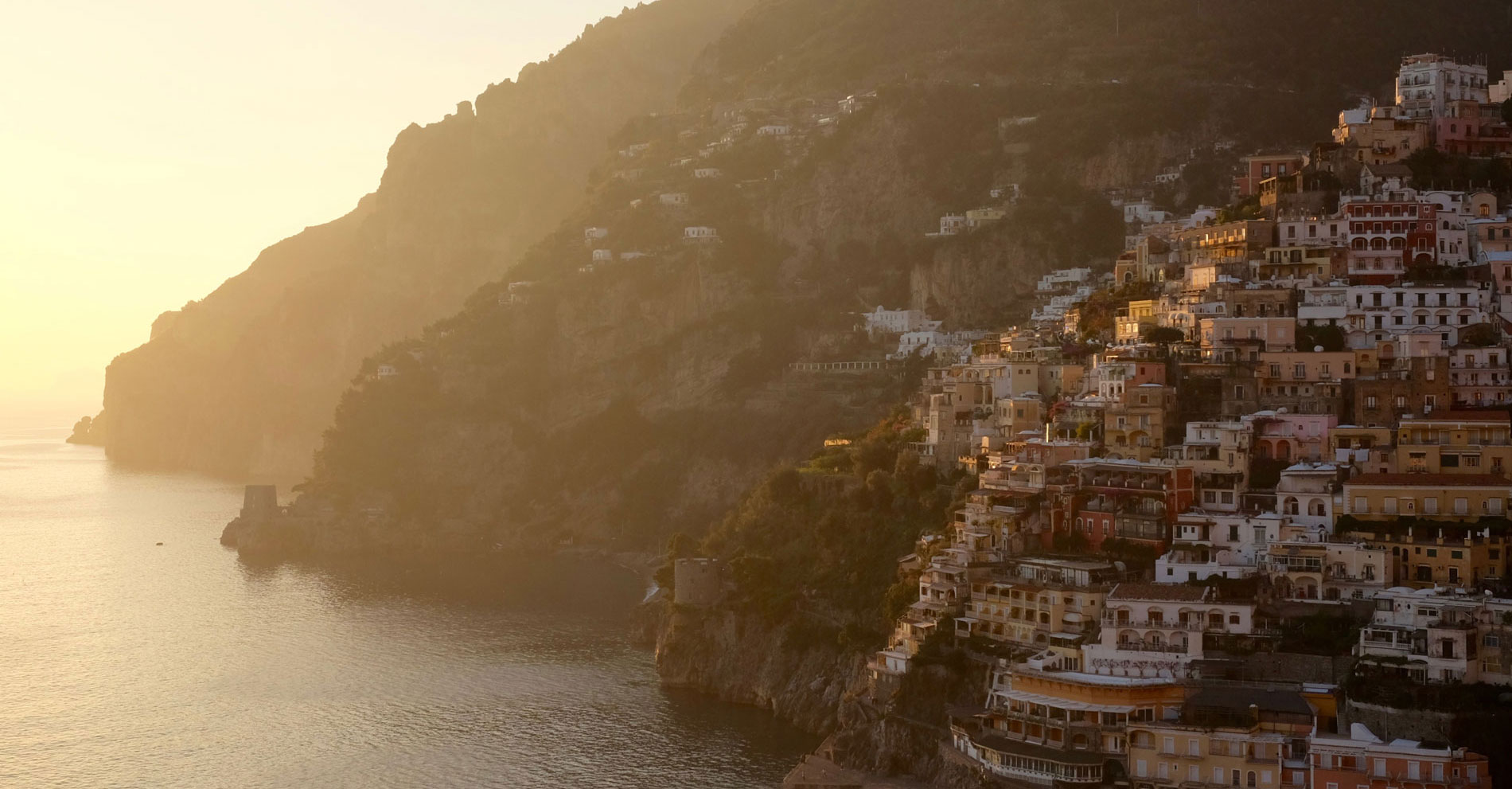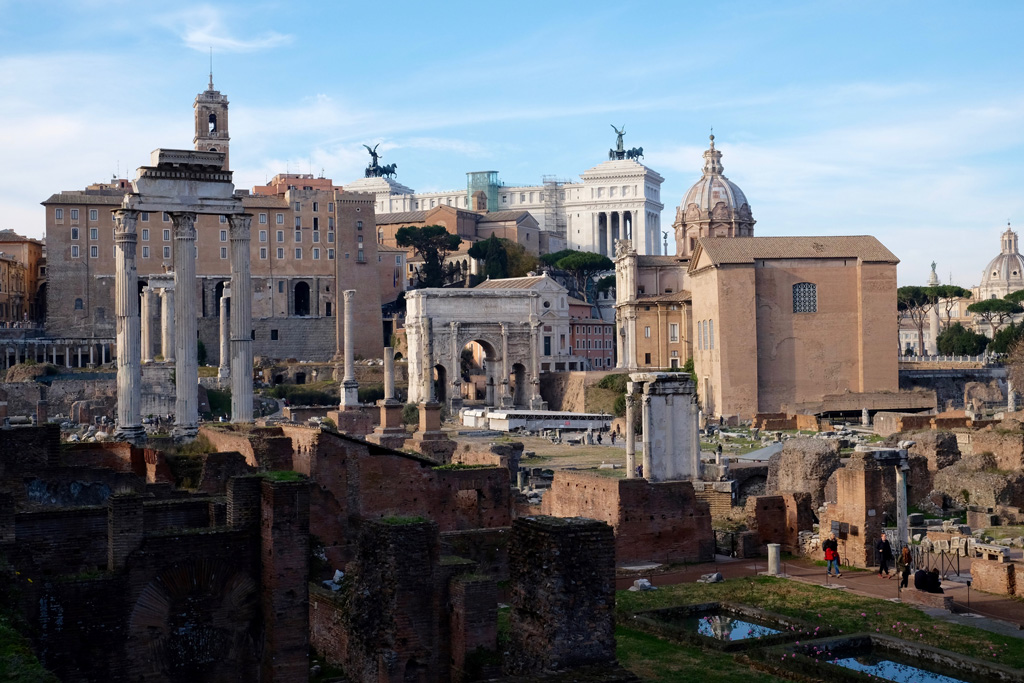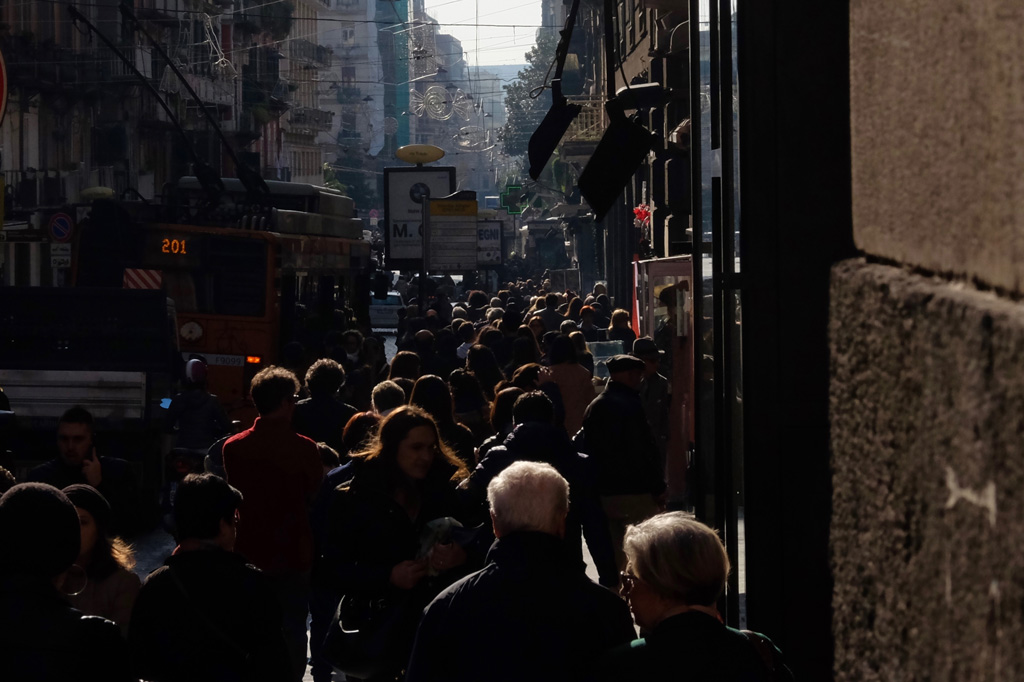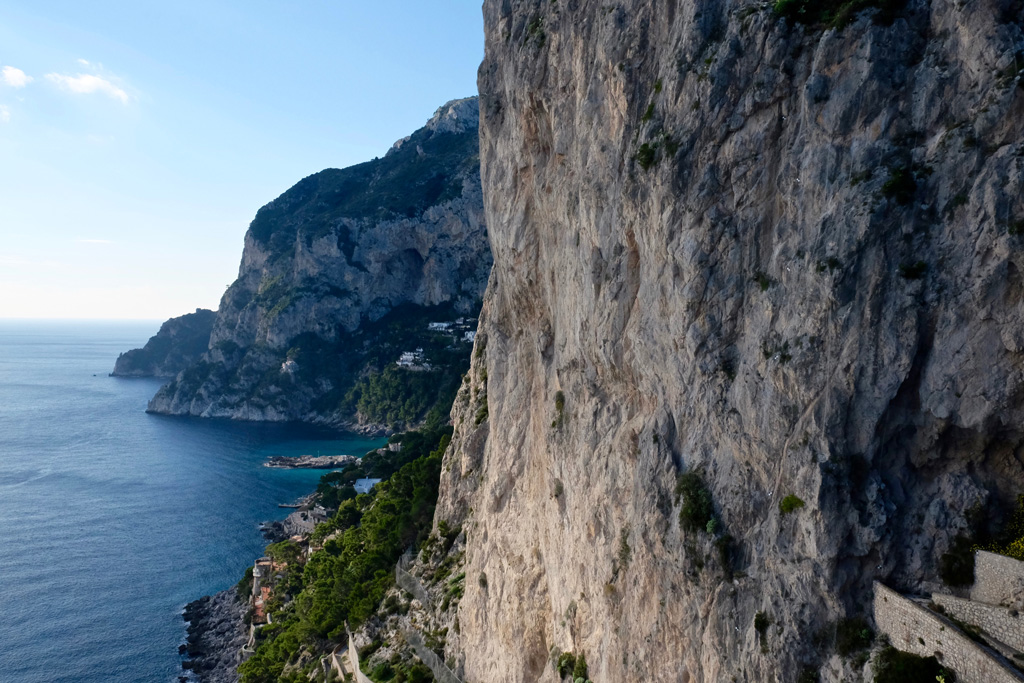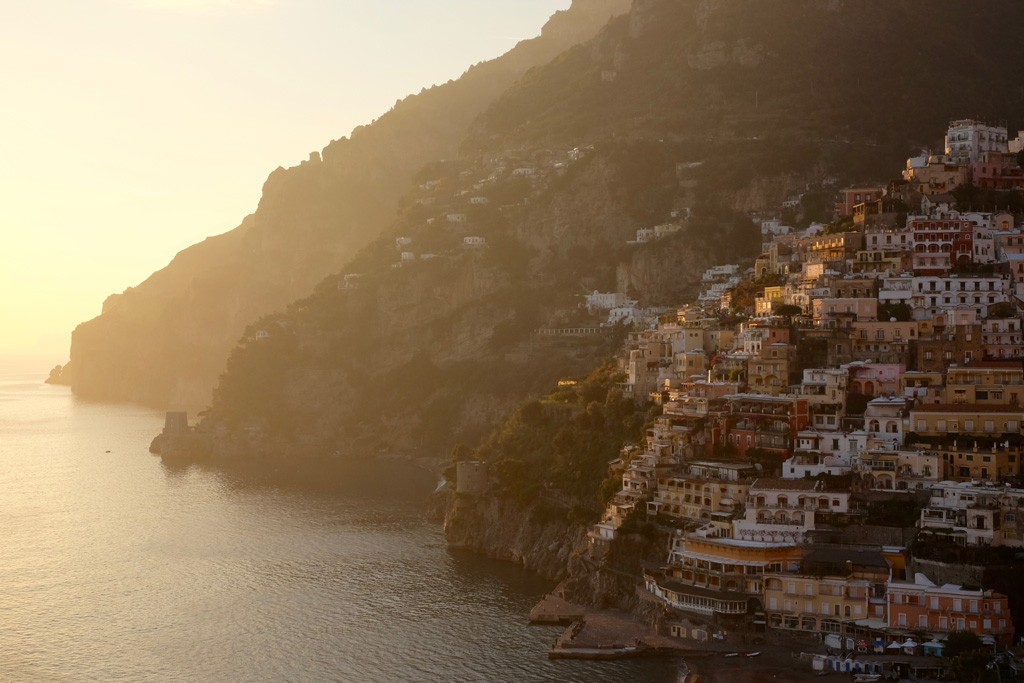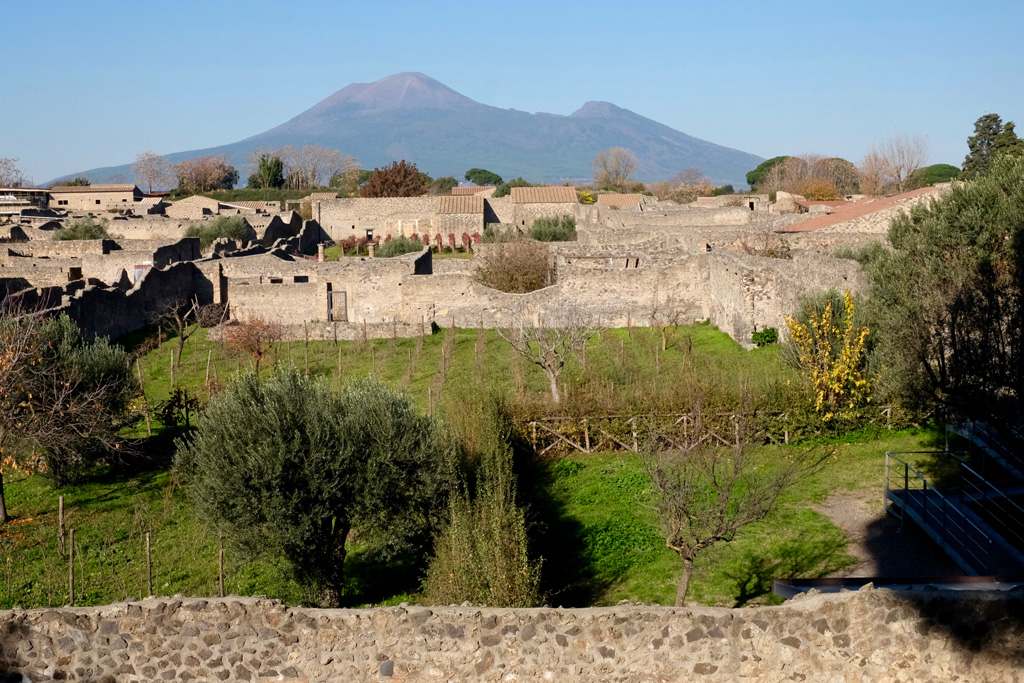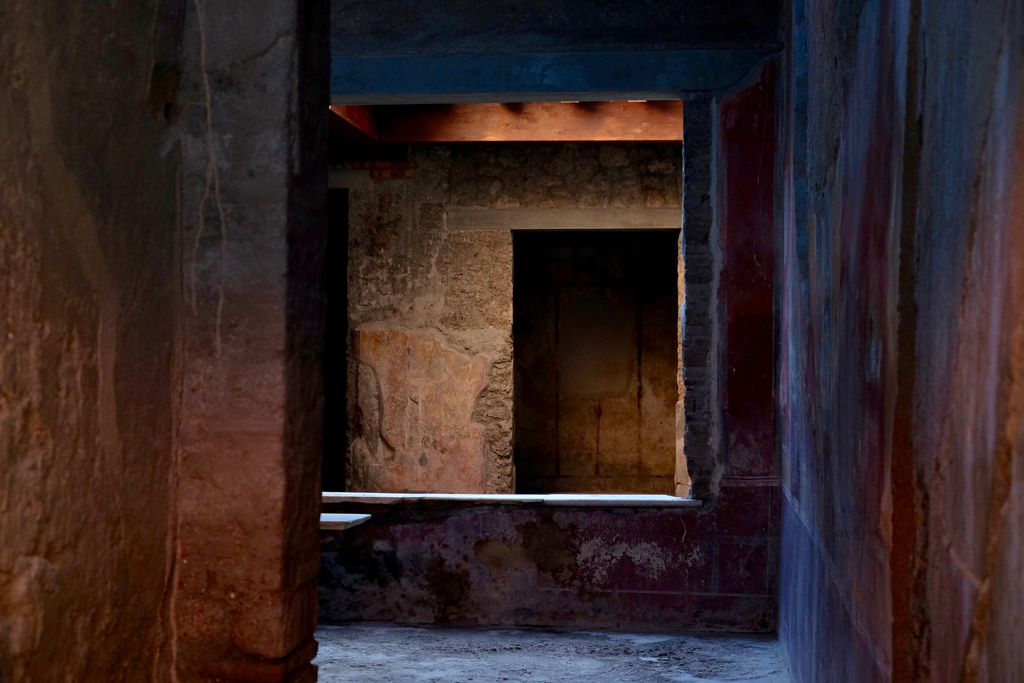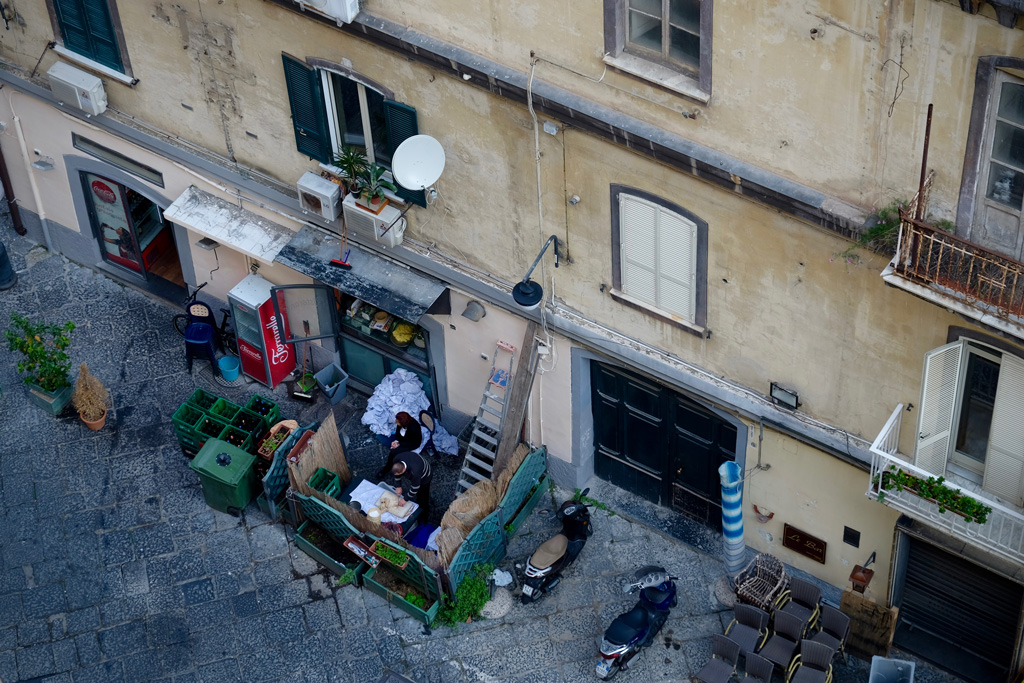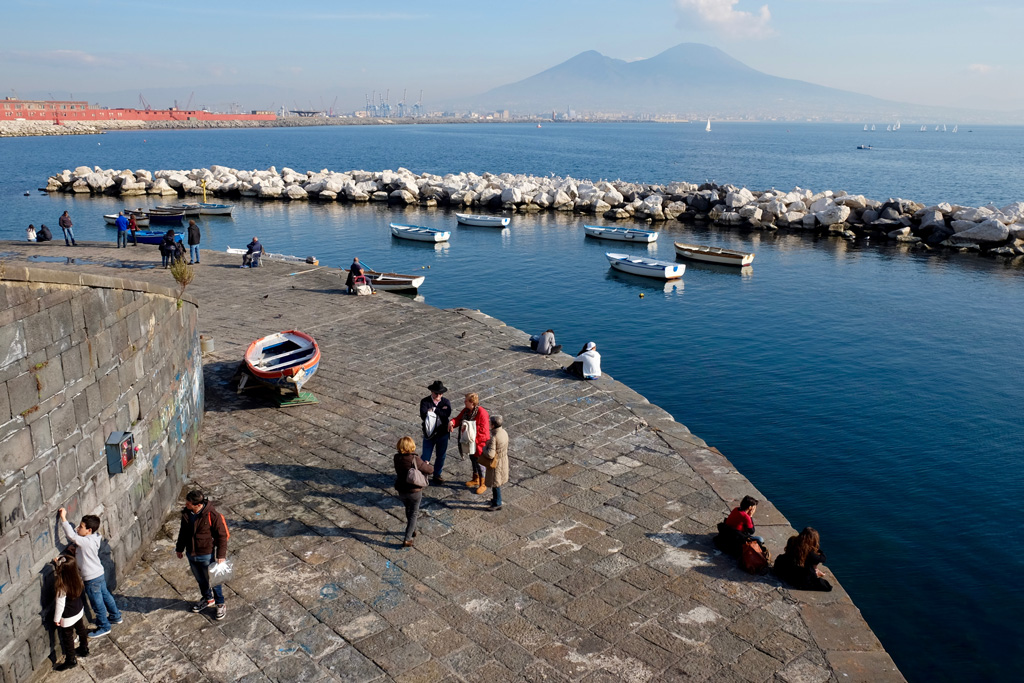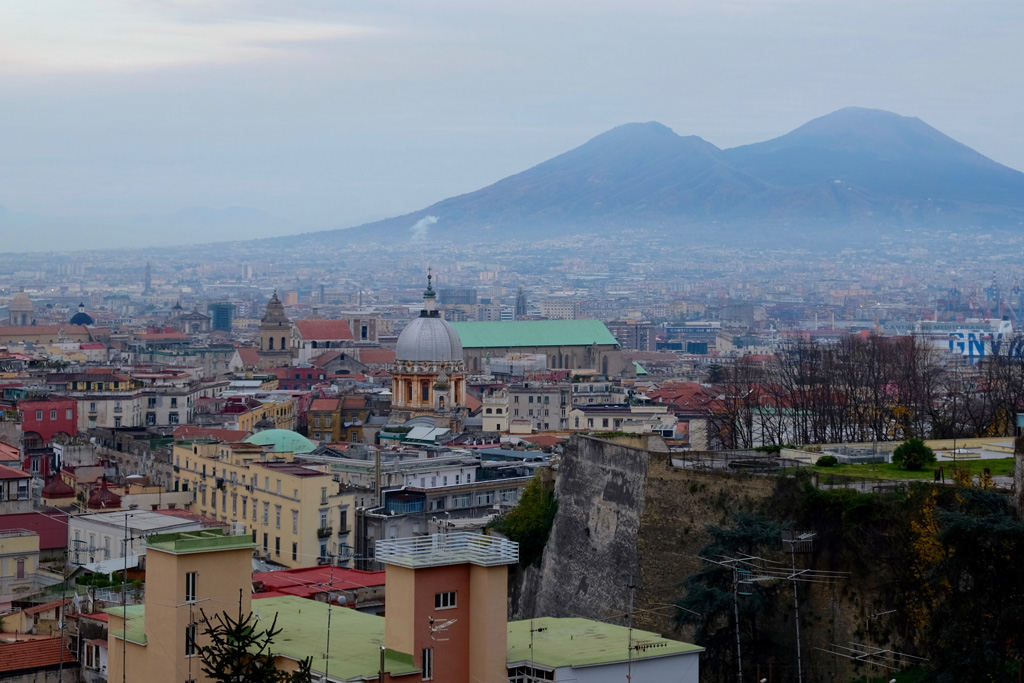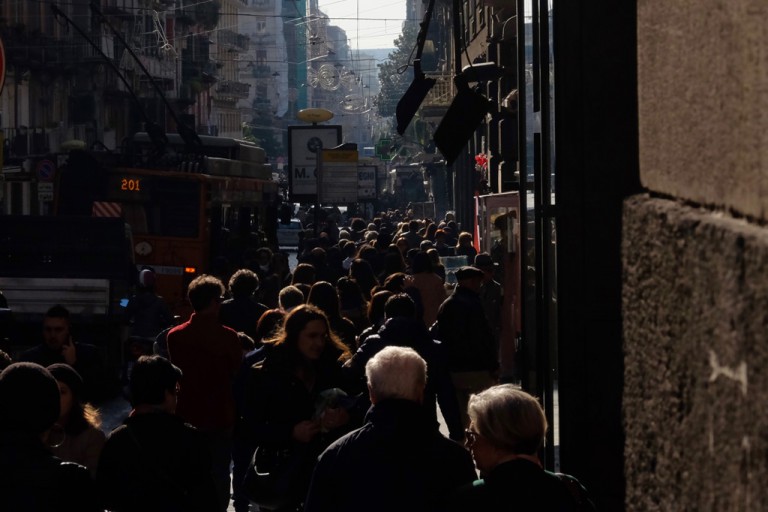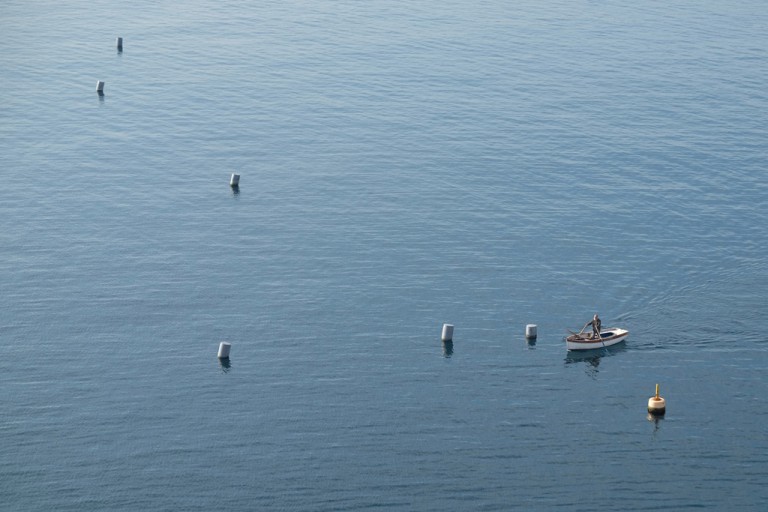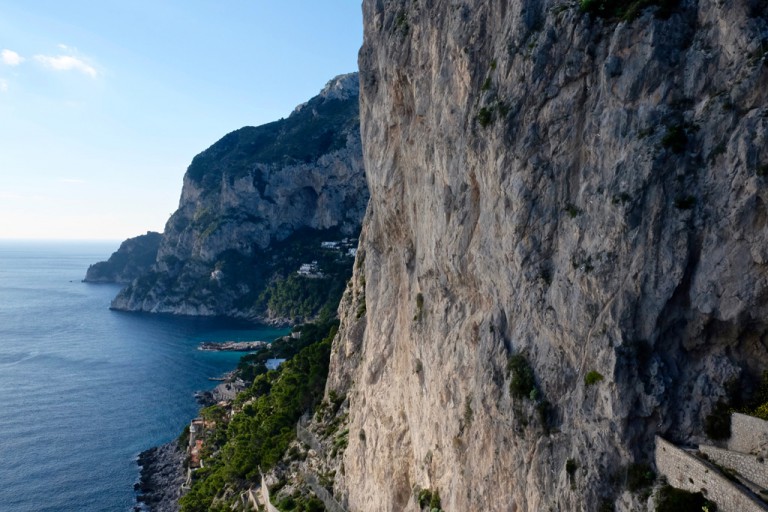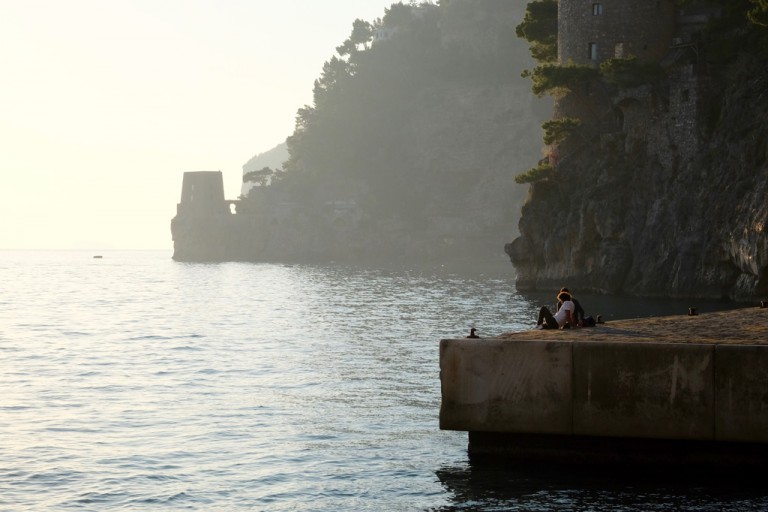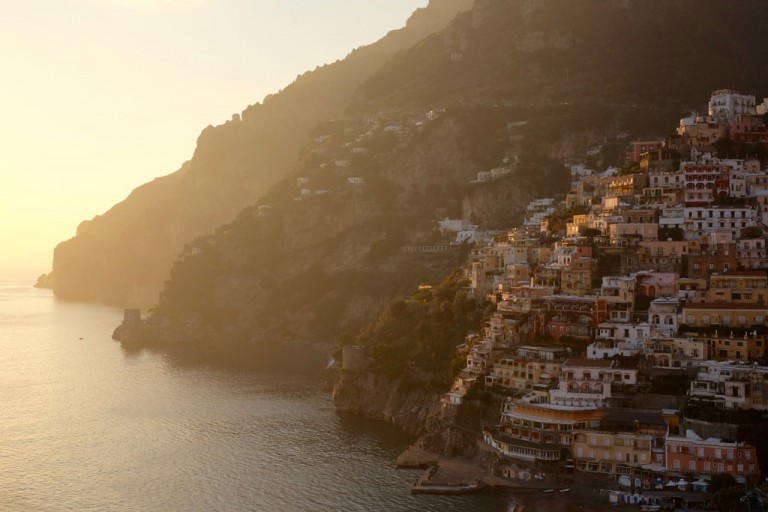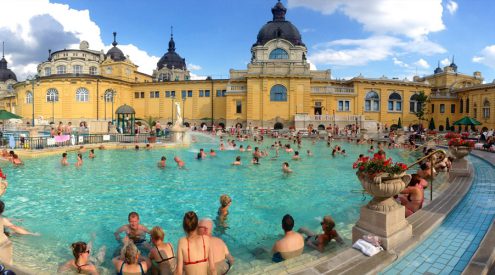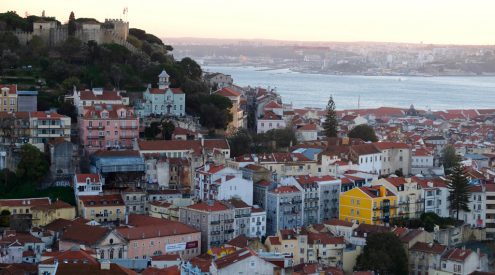Italy was an afterthought. It may have been a brilliant afterthought, but still, it was never in the plans. But with two weeks to go before my 90 day visa expired, a €20 flight from Lisbon to Rome popped up in my late night internet wanderings. It proved too good to refuse.
Also read: Spain by train – 8 Spanish cities to visit by rail
Two weeks for Italy was never going to be enough; I doubt a lifetime would be enough. You can travel 30 minutes in Italy and find a new local delicacy, different fashion sense, or a totally unique landscape. Residents try to pair off various regions against each other, but each is so special that you’ll feel this recurring urge to explore all corners of the country.
The secret, then, is to keep it small and focused. Google Maps showed me that Naples, Pompeii, Sorrento, and the Amalfi Coast were all perfectly stacked up and within easy reach of Rome by train. I clicked confirm on the Ryanair website, informed KLM I’d be flying home from Rome, and prepared for a change of plans.
Rome
Nothing can prepare you for Rome. You’ve seen it in history text books, movies, documentaries and television shows, but when you stand there looking at a manic swirl of cars and scooters belching exhaust fumes on thousands of years of history you will have to remind yourself that this is the real deal. There’s something historically significant lurking around every corner, most of which you won’t recognise or understand but will appreciate nonetheless. And when you eventually do see something you should recognise, like that famous structure called the Colosseum, it feels too surreal to be real and you’ll find yourself slightly underwhelmed until something in your brain whirs into action and says “Hang on, this is the Colosseum”.
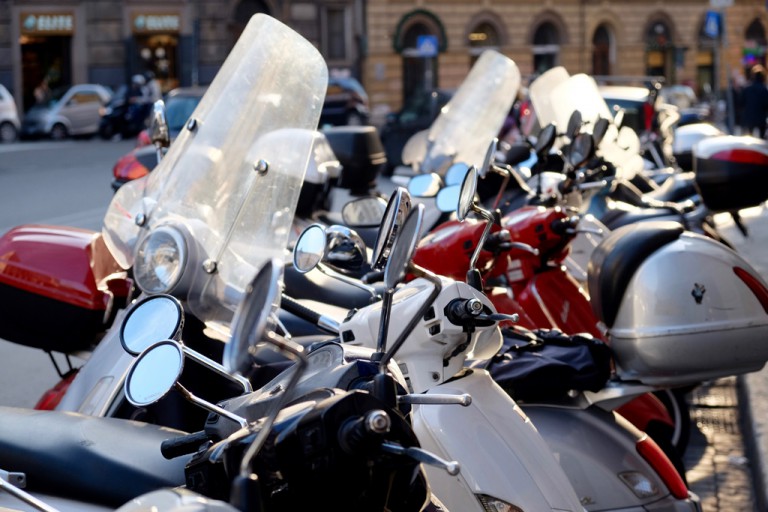
Rome’s chaotic traffic and impressive scooter collection is almost more enthralling than its ancient history.
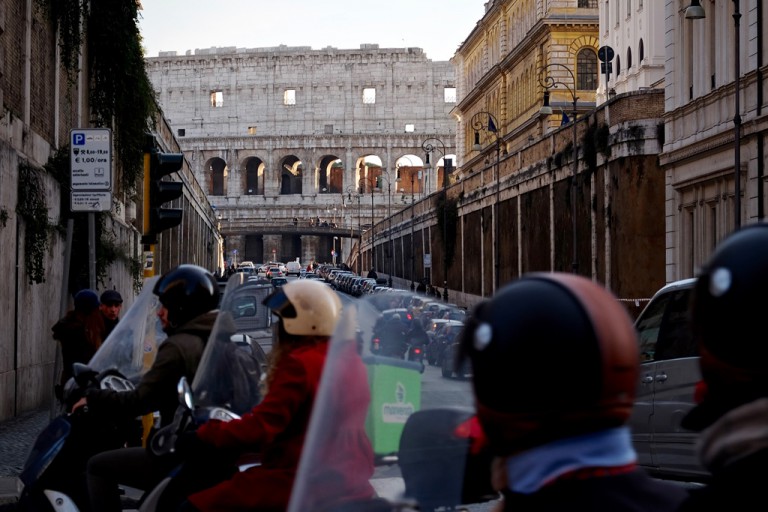
Buildings and monuments like the Colosseum pop up in the most unexpected places, even at the end of a gridlocked side-road, giving the city a dream-like quality.
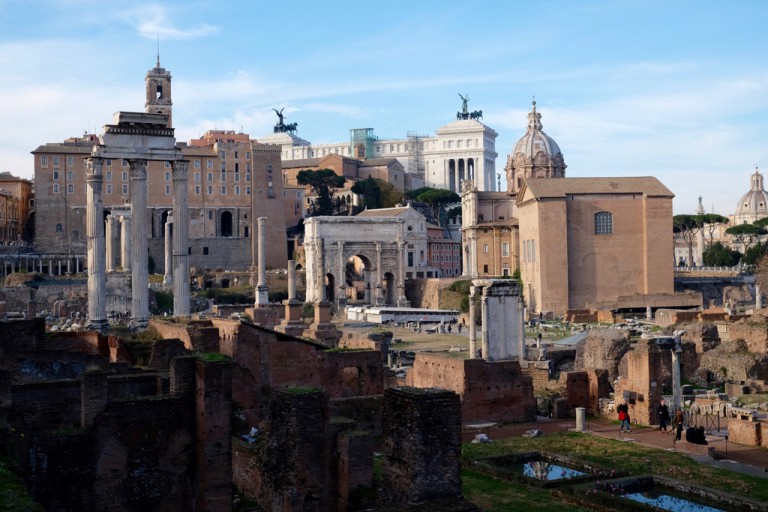
At times you feel as if you’re on a Hollywood studio tour, until you realise that all of this is actually real.
Naples
“Naples,” said my friendly Roman Airbnb host. “Now that’s a culture shock.”
“Really?” I responded before sipping on the tiny espresso he’d just handed me. “Why’s that?”
“Just go. You’ll see what I mean,” he said.
And so, a few days later, I said goodbye to my friendly host and the country’s capital, made my way to Roma Termini train station, and grabbed a seat on the early train to Naples.
Three days of Naples was too much and not enough. A sea of people flowed down the mid-week streets, filling the soft early morning sunlight with intention, but no apparent purpose. Heads bobbed above the chaos; cars dared not drive down the central thoroughfare. A few people stepped into hole-in-the-wall coffee shops and knocked back double espressos before feeding back into the crowds. Old men stood on sidewalks looking at discounted leather shoes in shop windows, mothers bought hats for their children from street vendors, and I just tried to make my way to safety. I eventually found it at the water’s edge – the Bay of Naples – where I also got my first proper glimpse of a mountain I embarrassingly didn’t know at the time was Vesuvius.
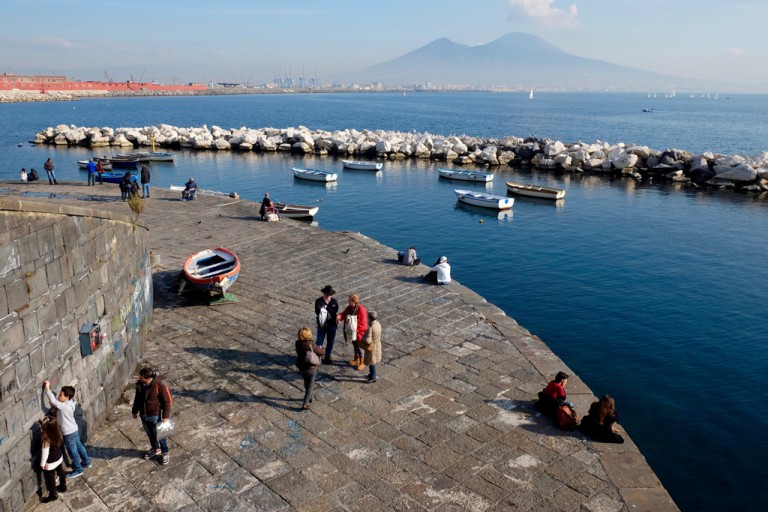
Follow the main street to the water’s edge, and you’ll see a whole new side to the fascinating city of Naples.
Pompeii
Pompeii is a convenient, but fairly unpleasant 40-minute train ride from Naples. Mount Vesuvius will haunt you from almost anywhere in the region – it looms large and ominous across the Bay of Naples. Eventually it seems to disappear into the background, and you forget to notice it. Some scientists claim it’s due another eruption any year now, but it’s hard to resist a visit to one of the best-preserved ancient cities in the world.
Pompeii is a strange city swimming with pick-pockets, conmen, ticket touts and fake information counters: all out to take your money from the second you step off the train. Ironically, you’ll want to escape the madness of the city for the tranquillity of the ruins – essentially a mass, unplanned burial site.
Pompeii’s ruins still feel more like a construction site trying to be historically relevant than a window into 79AD. Guests walk the quiet cobblestone streets fanning themselves with flyers they snatched at the entrance and try hard to look enthralled. Most do not succeed. Still, there’s an eerie quiet to Pompeii once you escape the sharks lurking outside the main gates, and every now and again you’ll find yourself imagining just how terrifying it must have been, and would still be, if that mountain peeping above these ancient walls was to spew another dose of its toxic ash across the dangerously under-prepared towns licking at its slopes.
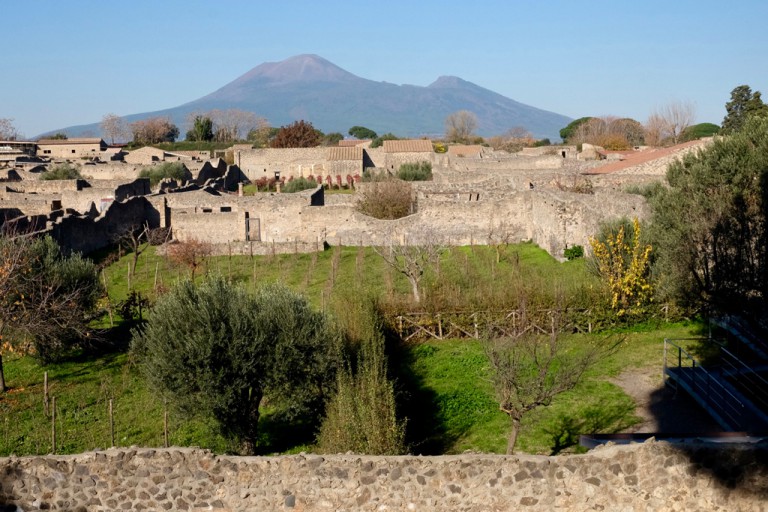
Mount Vesuvius manages to pop up above the ruins to lend a modern-day context to this fairly gloomy ancient landmark.
Sorrento
There’s a tranquil resort-style beauty to Sorrento that engulfs you the moment you step off the train at its two-track station. It all feels fairly manufactured and considered, particularly around Christmas when a large tree dominates the main traffic circle and carols are piped throughout the town centre. For many visitors it serves simply as a gateway to the island of Capri and the Amalfi Coast, but it’s a beautiful town that sits unexpectedly high above the ocean, and a few days here is a welcome reward after the organised chaos of the cities further north.
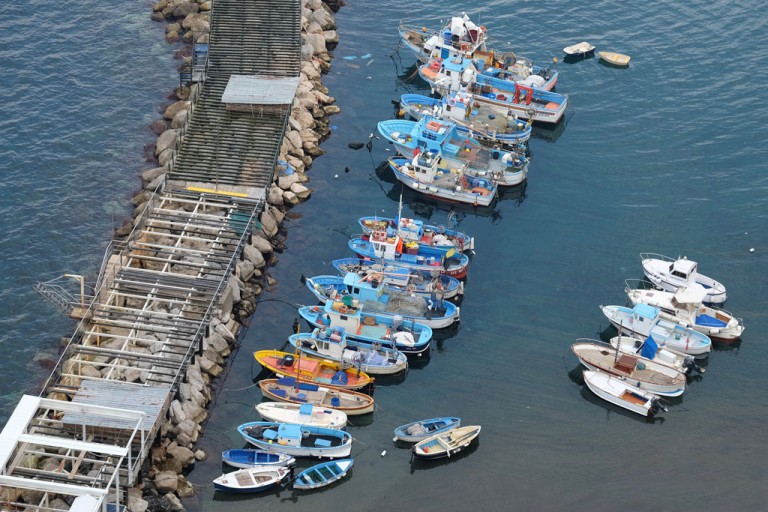
Take a 15 minute walk out of Sorrento’s centre, and you’ll find a more authentic side to this seaside city.
The Amalfi Coast
The slightly pretentious seaside charm of Sorrento will eventually get a bit much, or start to cost a bit much, and that will be the perfect time to board a bus to the Amalfi Coast. In the summer, eager tourists are crammed into these coastal buses to bursting point; in the off-season, you may be the only eager tourist aboard. Take a seat at the very front, on the right-hand side if you dare – the white-knuckle ride around the sheer cliffs, with the distant ocean somewhere far below, rivals most theme park rides on the terror and motion sickness factors. The drivers somehow manage to whip their obscenely oversized buses around the narrowest of blind corners, seemingly driving more in the opposite lane than in their own. A sharp thump on the bus’s horn is apparently enough to warn unseen oncoming traffic – driving equally recklessly in the opposite direction. And when you eventually tumble out at the Italian paradise of Amalfi or Positano, you’ll be grateful to be alive for more than one reason.
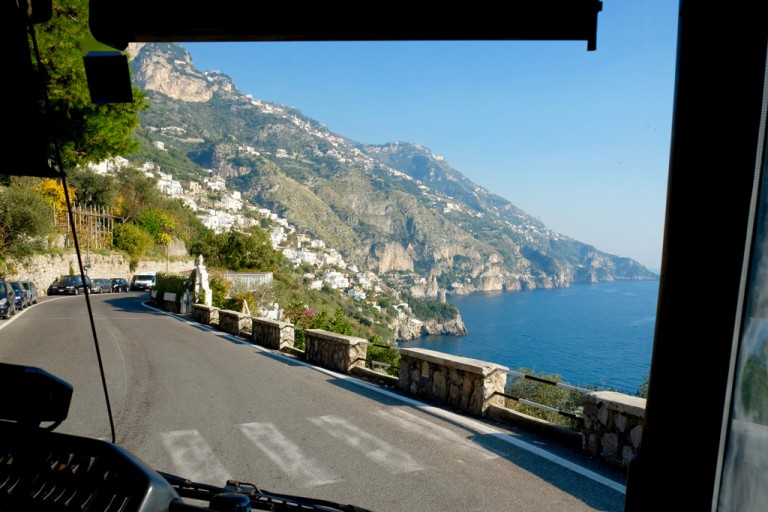
The front seat of the bus to Amalfi is as terrifying as it is rewarding.
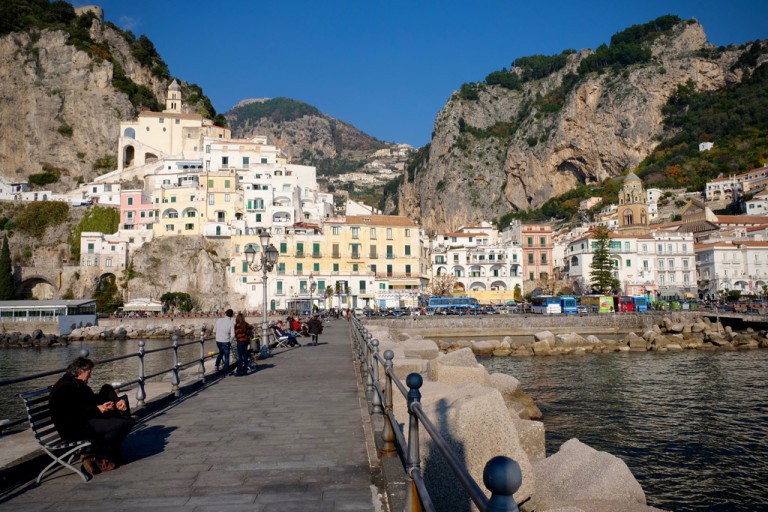
The small town of Amalfi is just a few stops along, and offers a quaint albeit touristy small-town coastal atmosphere.
Heading home
At some point during my stay in Sorrento I remembered I had a flight back home from the Italian capital. The Amalfi Coast has a way of whisking you away from reality and making you forget about time. The train ride back to Rome is doable in a day, but more realistic with another stopover en-route, and if you feel like some ocean time, you can include a ferry leg between Sorrento and Naples. There’s no one way to explore this diverse slither of Italy, and two weeks was never going to be enough, but as far as a little impromptu train jaunt down the Italian coastline goes, this one is hard to beat.
All photographs taken on the Fuji X-T10.
Also read: How to use a rail pass to travel Europe







